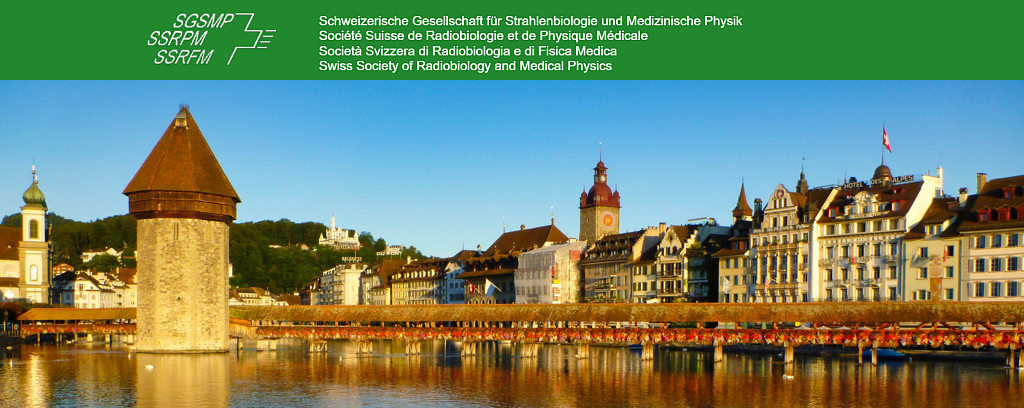Speaker
Description
Purpose: Dynamic-collimator trajectory radiotherapy (colli-DTRT) delivers intensity modulated radiotherapy with non-coplanar partial arcs and dynamic-collimator rotation. We compare two path-finding approaches for colli-DTRT, geometric and dosimetric, investigating the impact of organ-at-risk (OAR) prioritization on the path-finding and dosimetric plan quality.
Methods: In the geometric path-finding approach, paths are determined on a gantry-table-map quantifying the fractional target/OAR overlap (cost) for possible beam directions based on path-cost and gantry-angle-range. The dosimetric approach determines paths via iterative fluence-map-optimization (FMO) and beam elimination, rejecting the lowest contributing fields to the mean PTV dose. For both approaches, colli-DTRT plans are generated by determining the intensity modulation along the resulting paths using a direct-aperture optimization followed by a final dose calculation. OAR prioritization can be performed by increasing the weight of the OAR-specific gantry-table-map (geometric approach) or the dose objective priority (dosimetric approach).
For an adenoid cystic carcinoma case (elective target volume, 25 x 2 Gy), we focused on sparing the ipsilateral submandibular gland (ISMG) located in proximity to the target. colli-DTRT plans were generated for weights 2-10 and for objective priorities scaled by a factor 2-10 and compared to a reference plan (RP) with uniform weight of 1 (geometric-RP) or uniform objective priorities (dosimetric-RP) for all OARs.
Results: Similar target coverage was achieved for all plans. Improved sparing of the ISMG was observed with increasing objective priority for the dosimetric approach, while an increased weight in the geometric approach did not always translate into a better sparing. For the geometric approach, the highest sparing of ISMG was achieved with weight 8, reducing Dmean by 0.3 Gy compared to geometric-RP. Dosimetric colli-DTRT plans reduced Dmean to ISMG by 0.3-0.9 Gy compared to dosimetric-RP and by 2.3-2.9 Gy compared to geometric-RP.
Conclusion: Prioritization of OARs is possible at the path-finding stage for both geometric and dosimetric approaches. Consideration of dosimetric instead of geometric information in the path-finding process leads to superior OAR sparing for the investigated case.
Disclosures: Supported by SNSF grant 200021_185366 and Varian Medical Systems.

